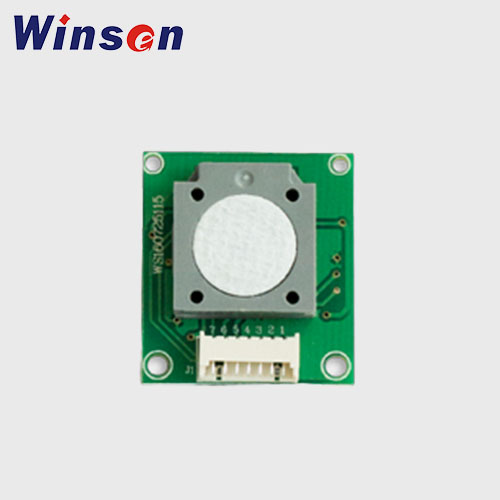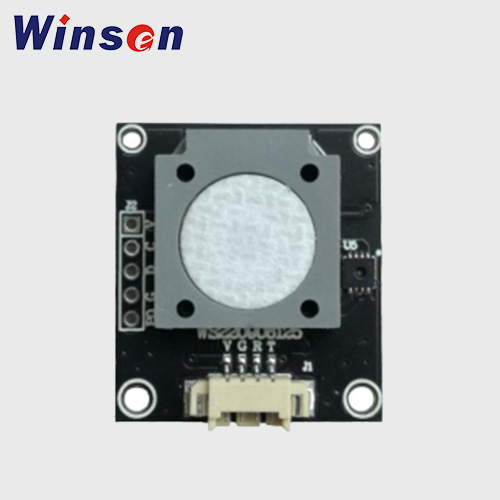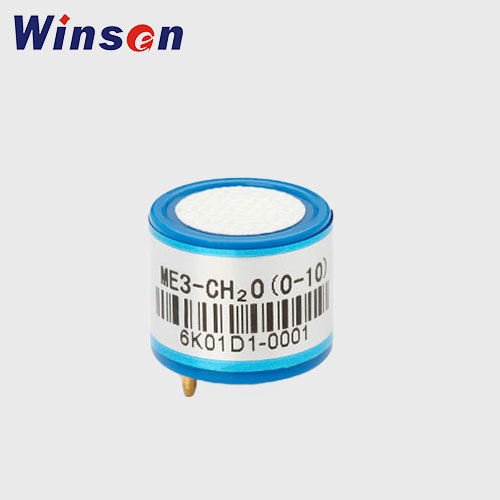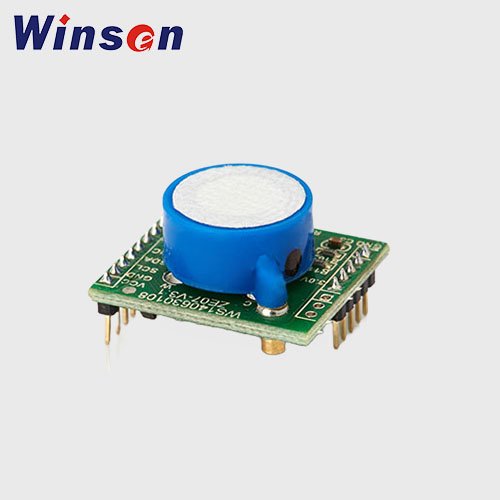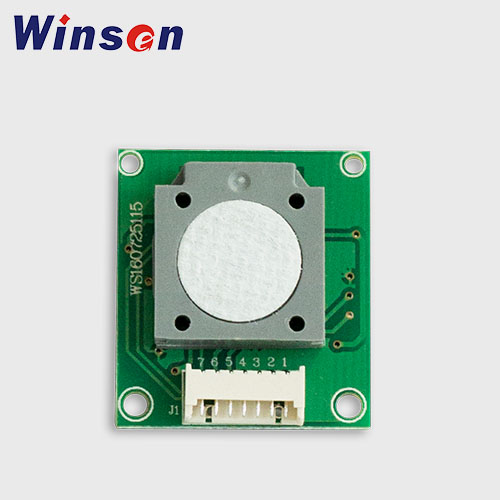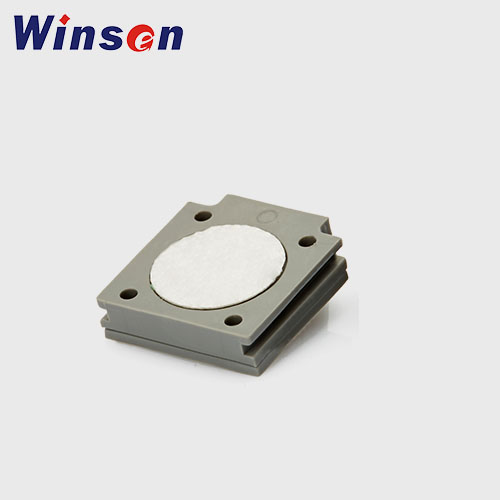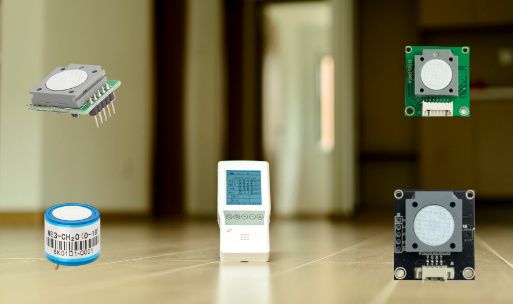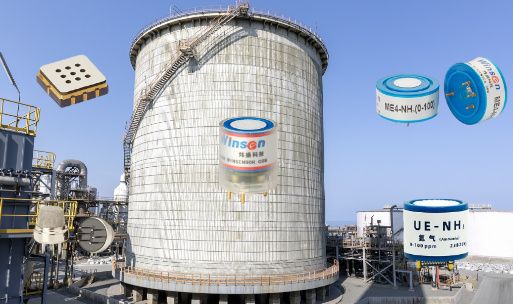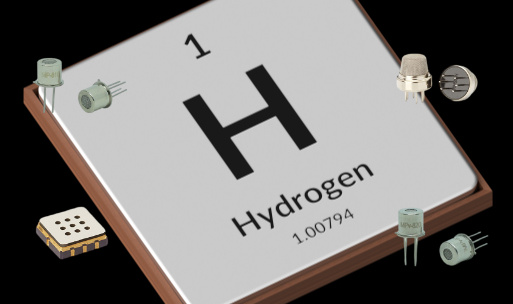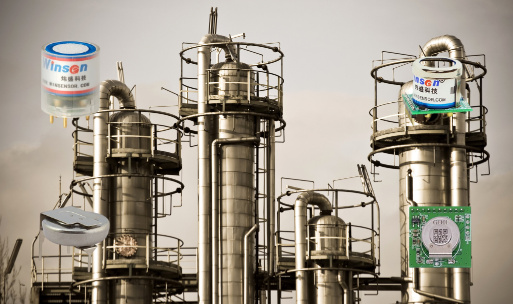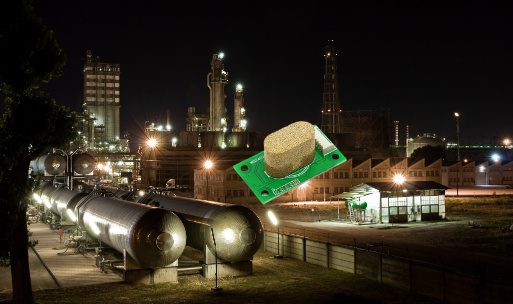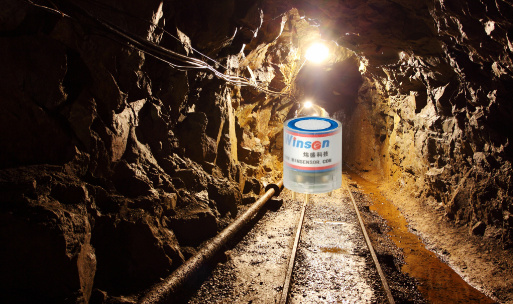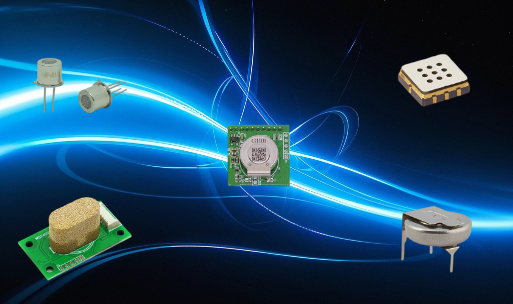HCHO Sensor: A Complete Guide to Formaldehyde Detection Technology
Formaldehyde (chemical formula: HCHO or CH₂O) is a colorless, flammable gas with a strong pungent odor. It is widely used in building materials, furniture, adhesives, textiles, and various industrial processes. However, formaldehyde is also classified as a toxic and carcinogenic compound, making it a major indoor air pollutant of global concern.
An HCHO sensor is a specialized device designed to detect and measure the concentration of formaldehyde in the air. These sensors play a critical role in air quality monitoring, smart homes, occupational safety, and environmental protection.
What is an HCHO Sensor?
An HCHO sensor (formaldehyde sensor) is an electronic sensing device that identifies and quantifies the presence of formaldehyde gas in ambient air. It provides real-time data on parts per million (ppm) or parts per billion (ppb) levels of HCHO.
These sensors are often integrated into indoor air quality monitors, HVAC systems, wearable devices, and smart detectors to ensure a safe environment.
Why is Detecting Formaldehyde Important?
Formaldehyde exposure can cause serious health risks:
- Short-term effects: Eye, nose, and throat irritation; coughing; nausea; skin reactions.
- Long-term exposure: Respiratory diseases, asthma, and increased risk of cancer.
According to the World Health Organization (WHO), indoor formaldehyde levels should not exceed 0.1 mg/m³ (0.08 ppm) for any 30-minute exposure period. An HCHO sensor ensures compliance with these safety standards.
Working Principle of HCHO Sensors
Different types of HCHO sensors use different detection mechanisms:
1. Electrochemical HCHO Sensors
- Detect formaldehyde through oxidation-reduction reactions at the sensor’s electrode surface.
- Advantages: High sensitivity, low detection limits, selective response.
- Common in portable and industrial-grade detectors.
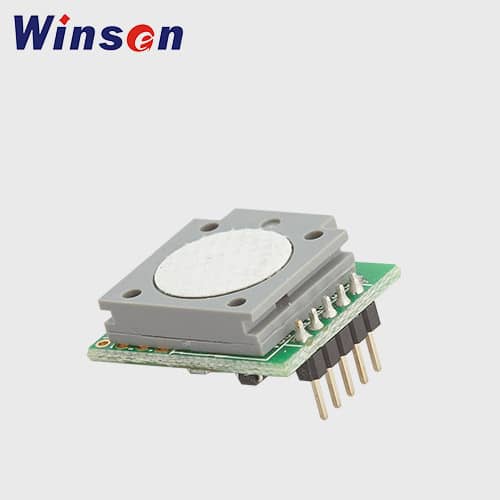
Electrochemical HCHO Formaldehyde Sensor Module ZE08B-CH2O
- CH2O, HCHO, Formaldehyde
- 0~1.6ppm
- Read More
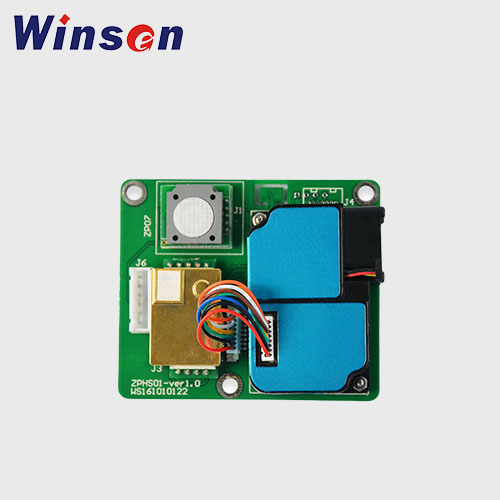
ZPHS01 Multi-in-One Sensor Module (HCHO version)
- CO2, PM2.5, CH2O, VOC, Temperature, Humidity
- CO2: 0-5000ppm; PM2.5: 0-1000μg/m³; CH2O: 0-1.6ppm; VOC: 4 level; Temperature: 0-65℃ (Accuracy±0.5℃); Humidity: 0-100%RH (Accuracy±3%)
- Read More
2. MOS (Metal-Oxide Semiconductor) HCHO Sensors
- Detect changes in resistance when formaldehyde molecules react with the sensor surface at elevated temperatures.
- Advantages: Cost-effective, robust, long lifetime.
- Limitation: Cross-sensitivity with other VOCs.
3. Photoacoustic Spectroscopy (PAS) Sensors
- Use infrared light absorption and acoustic signals to measure HCHO concentrations.
- Advantages: High precision, ppb-level detection.
- Limitation: Higher cost.
4. Colorimetric Sensors
- Formaldehyde reacts with a special reagent to produce a color change.
- Advantages: Simple, visual detection.
- Limitation: Not continuous, lower accuracy.
Key Features of an HCHO Sensor
- High Sensitivity: Detects ppm/ppb levels of HCHO.
- Real-Time Monitoring: Continuous detection for immediate alerts.
- Compact Design: Easy integration into consumer devices.
- Low Power Consumption: Suitable for battery-powered devices.
- Long Service Life: Reliable operation over thousands of hours.
- Calibration Support: Ensures accuracy over time.
Applications of HCHO Sensors
HCHO sensors are widely used across multiple industries and daily life:
1. Indoor Air Quality Monitoring
- Smart homes and office spaces.
- Air purifiers with integrated HCHO detection.
2. HVAC & Building Safety
- Integration with ventilation systems.
- Ensures compliance with building codes.
3. Industrial Applications
- Furniture, plywood, and textile factories.
- Chemical production facilities.
4. Occupational Safety
- Protects workers from harmful exposure.
- Personal protective monitoring devices.
5. Environmental Protection
- Formaldehyde emission testing in vehicles.
- Monitoring pollution in public areas.
Advantages of Using an HCHO Sensor
- Early warning against hazardous exposure.
- Improves health and safety in homes, schools, and workplaces.
- Helps manufacturers comply with environmental regulations.
- Enhances trust in smart devices (air purifiers, HVAC, wearables).
- Supports green building certifications (LEED, WELL).
Comparison Table of HCHO Sensor Types
| Sensor Type | Sensitivity | Cost | Accuracy | Power Use | Common Use Cases |
|---|---|---|---|---|---|
| Electrochemical | High | Medium | High | Low | Portable detectors, IAQ monitors |
| MOS (Semiconductor) | Medium | Low | Medium | Medium | HVAC, smart homes |
| Photoacoustic (PAS) | Very High | High | Very High | Medium | Research, industrial |
| Colorimetric | Low-Medium | Low | Low | None | Basic visual testing |
How to Choose the Right HCHO Sensor
When selecting a formaldehyde sensor, consider the following:
- Measurement Range – ppb vs. ppm detection.
- Accuracy & Selectivity – Avoid cross-interference from VOCs.
- Response Time – Faster response for real-time applications.
- Operating Environment – Temperature and humidity tolerance.
- Cost & Maintenance – Balance between affordability and precision.
- Integration Capability – Compatibility with IoT and smart systems.
Future Trends in HCHO Sensor Technology
- IoT Integration: Wireless, cloud-connected sensors for smart homes.
- Miniaturization: Smaller sensors for wearables and portable devices.
- AI-driven Analytics: Smart algorithms for multi-gas detection.
- Green Tech Applications: Used in sustainable building designs.
FAQs About HCHO Sensors
Q1: What units are used for formaldehyde measurement?
- Typically measured in ppm (parts per million) or ppb (parts per billion).
Q2: Are HCHO sensors accurate?
- High-quality electrochemical and PAS sensors can detect formaldehyde at ppb levels with high accuracy.
Q3: Do HCHO sensors require calibration?
- Yes, periodic calibration ensures long-term reliability.
Q4: Can HCHO sensors detect other gases?
- Some types, like MOS sensors, may respond to other VOCs. Electrochemical sensors are more selective.
Q5: Where should I install an HCHO sensor?
- In areas with potential exposure, such as living rooms, offices, factories, or near new furniture installations.
Conclusion
An HCHO sensor is an essential tool for monitoring and controlling formaldehyde exposure in homes, workplaces, and industrial environments. With rising awareness of indoor air quality (IAQ), the demand for accurate and reliable HCHO sensors continues to grow.
By understanding the working principles, applications, and benefits of formaldehyde sensors, businesses and consumers can make informed decisions to create healthier and safer environments.
